Bay Tree Propagation – Tips For Rooting Bay Tree Cuttings
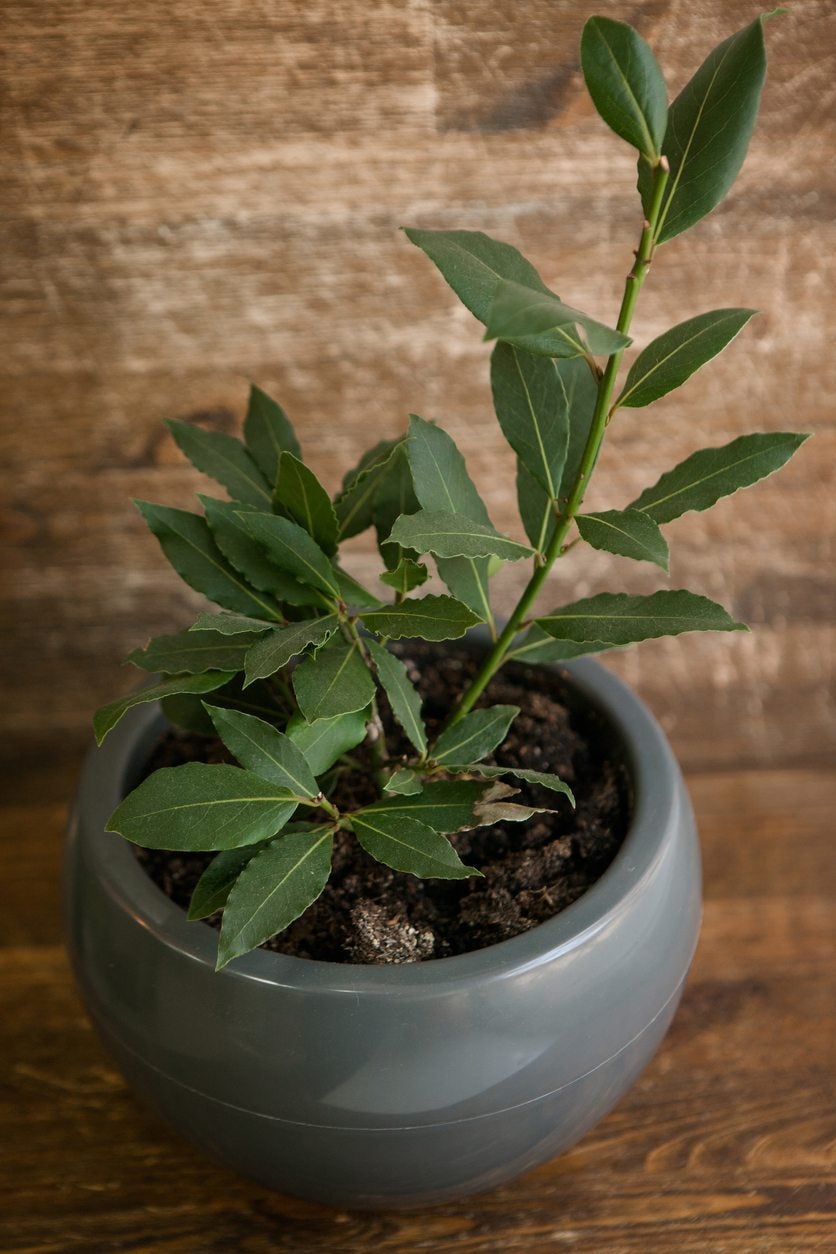

One mature bay tree will keep even the most dedicated cook in pungent bay leaves for a lifetime. If you need more though, it is not difficult to start growing a bay tree from cuttings. For more information on propagating cuttings from a bay tree, including tips on rooting bay tree cuttings, read on.
Bay Tree Propagation
Bay tree, also called bay laurel or California laurel, can grow to 75 feet (22 m.) tall. The branches are laden with fragrant, shiny leaves that are used in cooking. These trees thrive in USDA plant hardiness zones 7 through 10.
If you already have a bay tree in your backyard, you know that your climate is appropriate for bay trees and can proceed with bay tree propagation.
If you are hoping to start propagating cuttings from a bay tree in a different location, you’ll want to check the climate first. These are evergreen trees and grow fairly slowly.
Growing a Bay Tree from Cuttings
If you are wondering how to propagate bay cuttings, be assured that it is not difficult if you take the cuttings at the appropriate time. Rooting bay tree cuttings can take a while but you don’t need to have a lot of equipment.
The first step in bay tree propagation is to take the cuttings. You should do this in summer when the wood is green and pliable. Take three or more cuttings at least 6 inches (15 cm.) long. You want the cutting to be firm, but the wood should be easy to bend.
The next step in how to propagate bay cuttings is to strip off all leaves from each cutting except the top two or three. Then plunge the cut end of each cutting in a bucket of water.
Gardening tips, videos, info and more delivered right to your inbox!
Sign up for the Gardening Know How newsletter today and receive a free copy of our e-book "How to Grow Delicious Tomatoes".
Fill a small flowerpot with coarse sand and water thoroughly. Dip the cut stems into rooting hormone, then stick them into the sand. To keep the cuttings moist, cover the pot with a clear plastic bag and close up the top with a rubber band.
Add a second rubber band below the lip of the flowerpot. Place the pot on a heating mat where it gets indirect sunlight and wait. You will likely succeed in rooting bay tree cuttings in a month or two. If you feel resistance when you tug, the cutting probably is rooting.

Teo Spengler is a master gardener and a docent at the San Francisco Botanical Garden, where she hosts public tours. She has studied horticulture and written about nature, trees, plants, and gardening for more than two decades. Her extended family includes some 30 houseplants and hundreds of outdoor plants, including 250 trees, which are her main passion. Spengler currently splits her life between San Francisco and the French Basque Country, though she was raised in Alaska, giving her experience of gardening in a range of climates.
-
 Zinnias On Repeat: 10 Glorious Cut-And-Come-Again Varieties For Endless Summer Bouquets
Zinnias On Repeat: 10 Glorious Cut-And-Come-Again Varieties For Endless Summer BouquetsThese zinnia varieties keep giving all summer, making them the perfect choice for dedicated cutting gardens – or just the occasional homegrown bouquet.
By Ellen Wells
-
 Create A Romantic Garden Straight Out Of Bridgerton: Regency Era Romance In Your Garden
Create A Romantic Garden Straight Out Of Bridgerton: Regency Era Romance In Your GardenTry some romantic garden ideas straight out of Bridgerton. Flowers and gardens in the Regency era were lush and charming and you can get the same look!
By Bonnie L. Grant
-
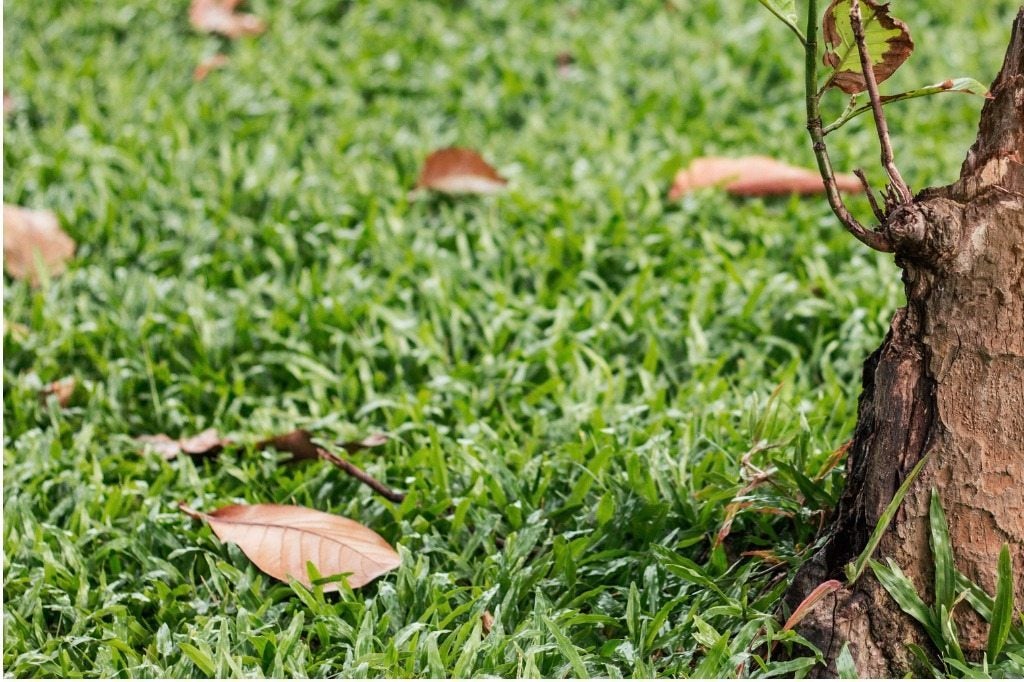 Bay Tree Leaf Drop: Why Is My Bay Losing Leaves
Bay Tree Leaf Drop: Why Is My Bay Losing LeavesBay laurel is one of the most impressive looking among the culinary herbs. Although it?s pretty sturdy, once in a while you may run into trouble with dropping bay leaves. Click this article to learn about bay trees dropping leaves.
By Kristi Waterworth
-
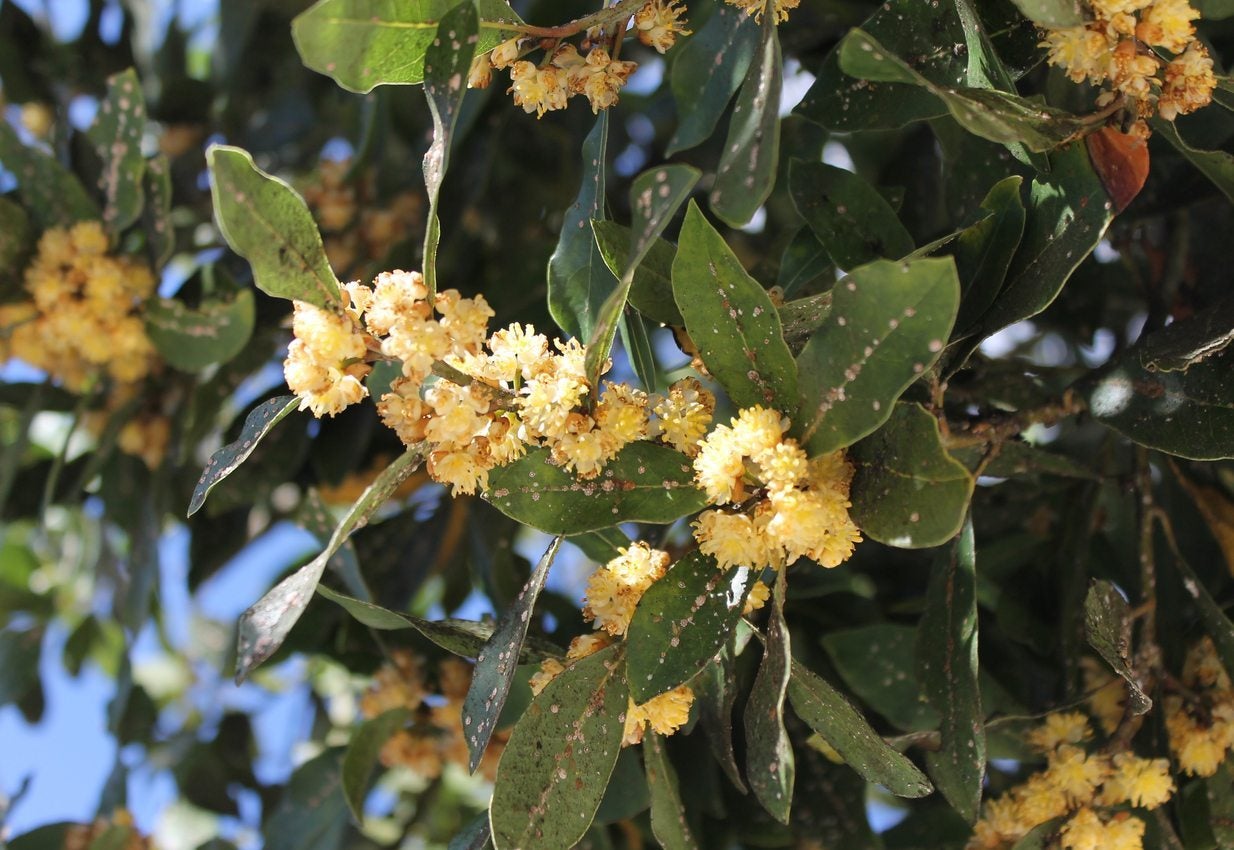 How To Treat Bay Pests : Dealing With Pests On A Bay Tree
How To Treat Bay Pests : Dealing With Pests On A Bay TreeMost bay tree insects are foliar feasters, but there are a few boring insects that can cause damage to the trunk and twigs. Click on the following article to find out how to treat bay pests in a safe and non-toxic manner.
By Bonnie L. Grant
-
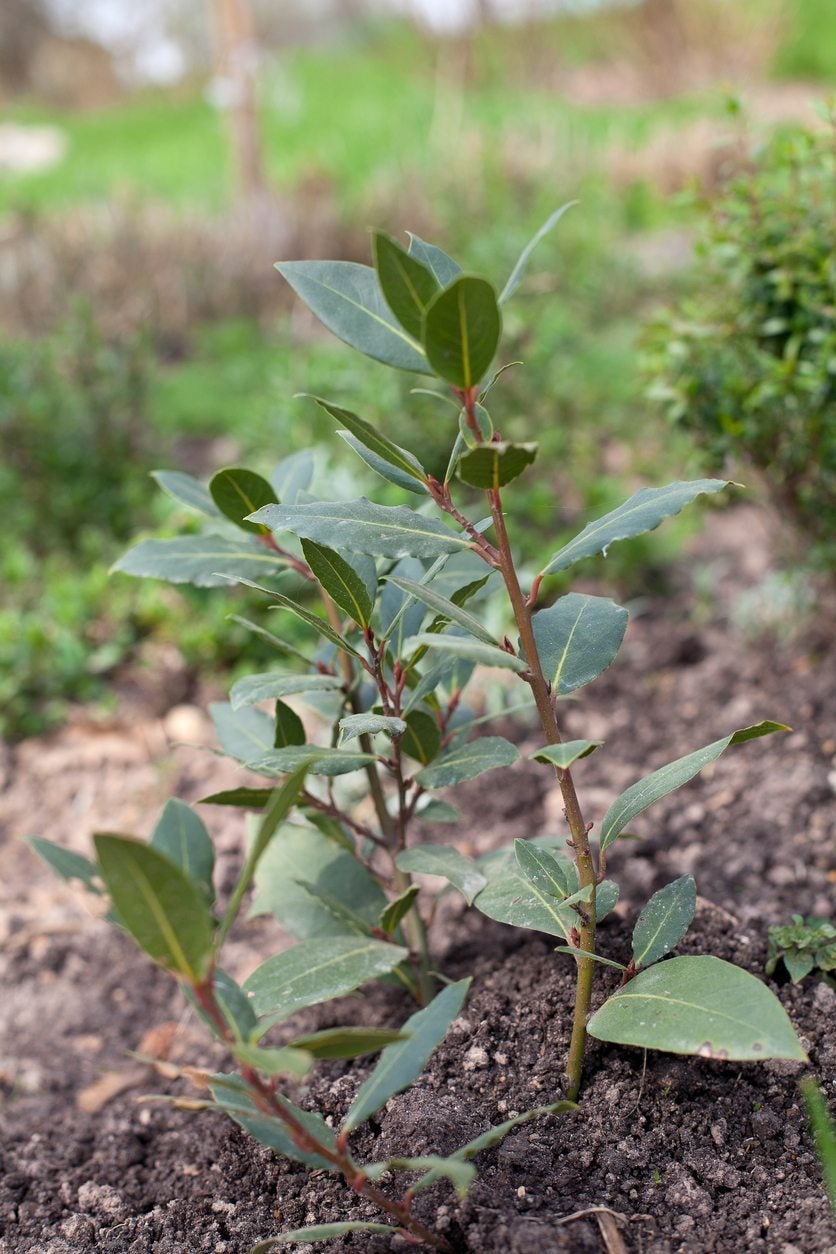 Diseases Of Bay Trees : How To Treat A Sick Bay Tree
Diseases Of Bay Trees : How To Treat A Sick Bay TreeBay is an easy-to-grow plant but is susceptible to a few diseases, many of which create problems on foliage, the part used in cooking. Preventing these diseases can help protect both the plant and your secret recipe ingredient. Learn more in this article.
By Bonnie L. Grant
-
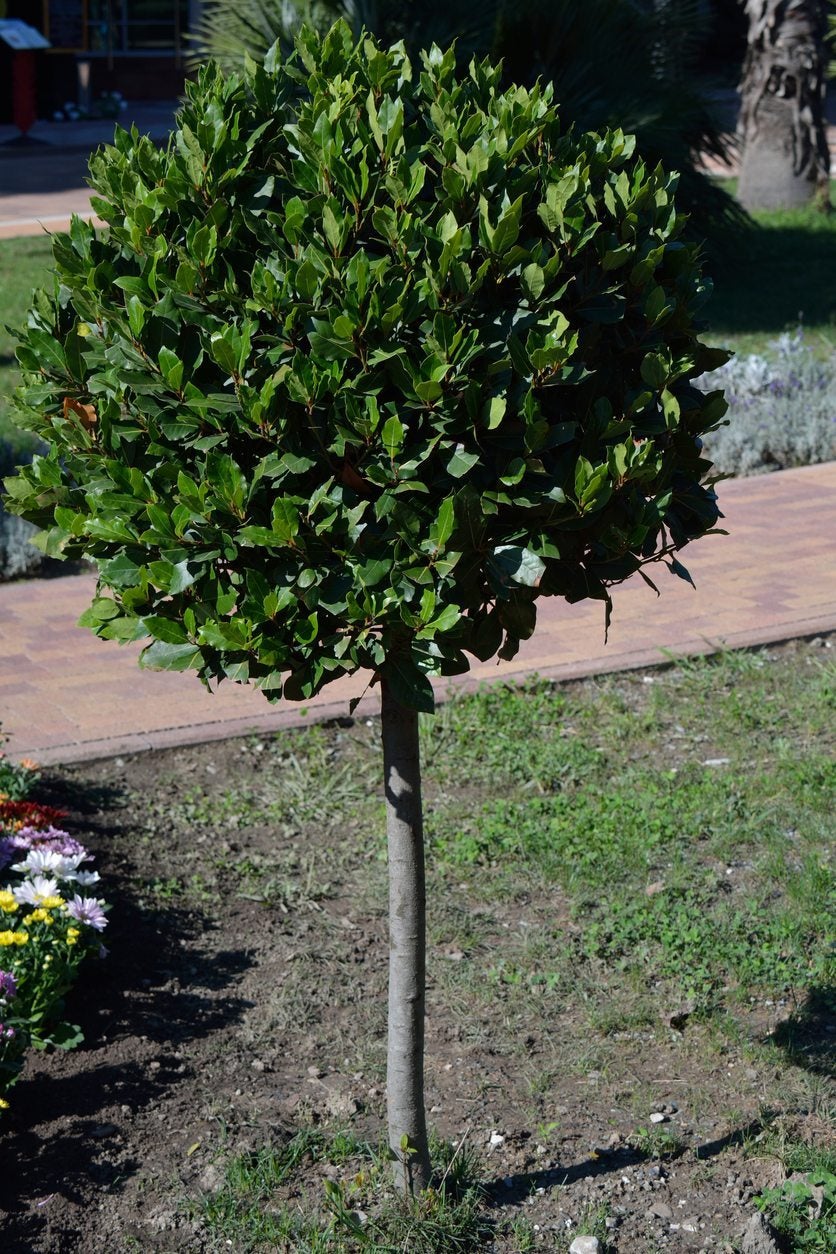 Bay Tree Transplant Tips: How To Transplant Bay Trees
Bay Tree Transplant Tips: How To Transplant Bay TreesBay laurel trees are small evergreens with dense, aromatic foliage. The leaves are often used for flavoring in cooking. If your bay tree has outgrown its planting site, you may be wondering how to transplant bay trees. Click here for information that can help.
By Teo Spengler
-
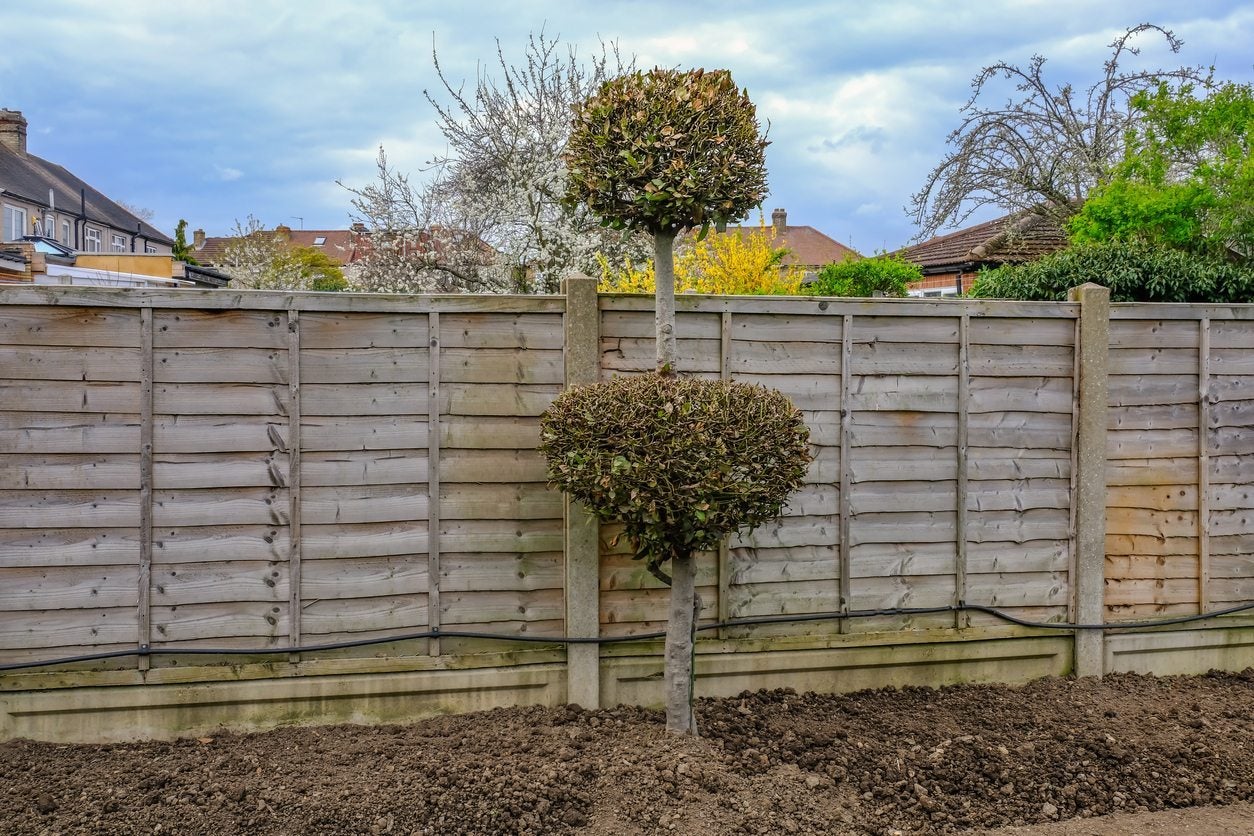 How To Prune A Bay Tree – Tips For Cutting Back Bay Trees
How To Prune A Bay Tree – Tips For Cutting Back Bay TreesBay tree pruning is not strictly necessary for the health of the tree, but the trees readily accept light or severe pruning, including pruning bay trees into topiary shapes. Learn how to prune bay laurel trees in this article.
By Teo Spengler
-
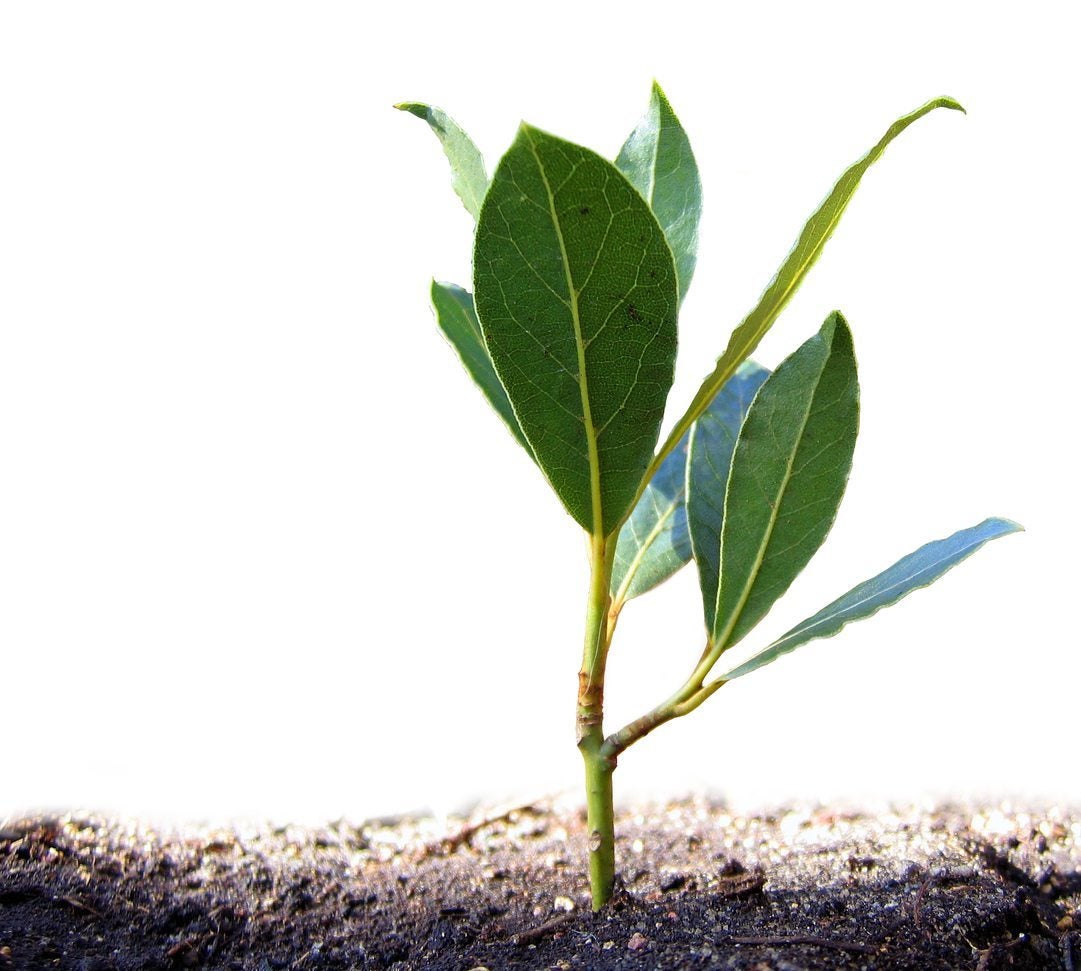 When To Sow Bay Seeds: Tips For Growing Bay Tree Seeds
When To Sow Bay Seeds: Tips For Growing Bay Tree SeedsUsually, sweet bay is purchased as a seedling from a nursery, but growing bay tree seeds is also possible, provided the grower has some patience since bay seed germination is a slow process. Interested in planting bay seeds? Find out when to sow bay seeds in this article.
By Amy Grant
-
 Harvesting Bay Leaves: When To Pick Bay Leaves For Cooking
Harvesting Bay Leaves: When To Pick Bay Leaves For CookingAlmost everyone should be picking their own bay leaves; of course, you need to know when to pick them. Is there a specific bay leaf harvest time of year? The following article contains information on harvesting bay leaves.
By Amy Grant
-
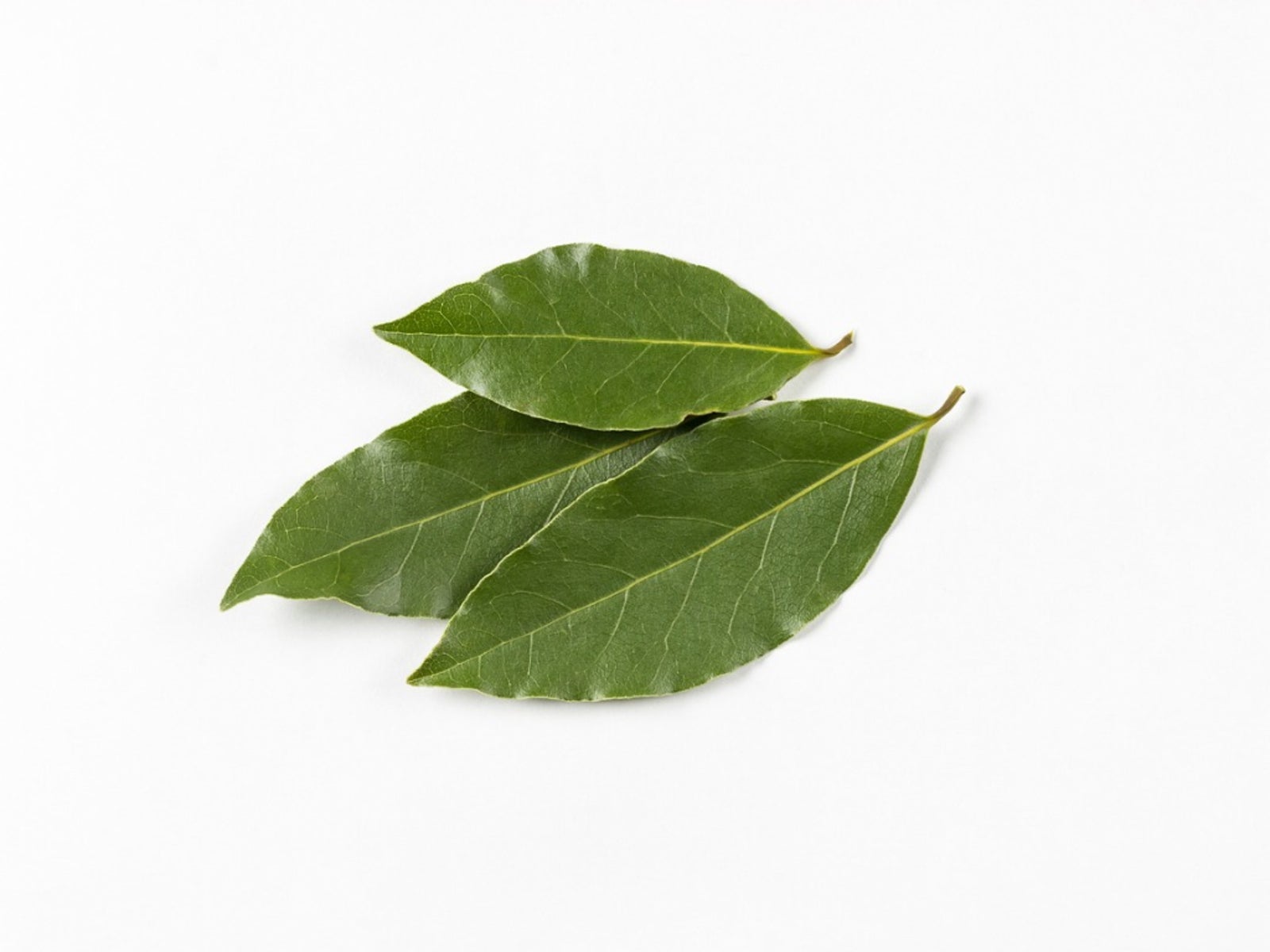 Are Some Bay Leaves Toxic – Learn Which Bay Trees Are Edible
Are Some Bay Leaves Toxic – Learn Which Bay Trees Are EdibleThe delightful Mediterranean bay tree has a reputation for being toxic. What?s the real truth about bay leaves? Are they poisonous? Which bay trees are edible? Can you cook with all bay leaves, or are some bay leaves toxic? We?ll explore the issue in this article.
By Mary H. Dyer